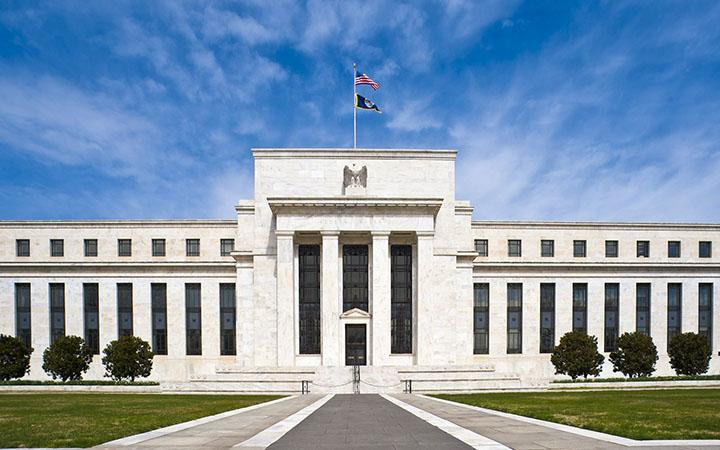The Federal Reserve on June 18 voted unanimously to keep its benchmark interest rate unchanged, maintaining the target range of 4.25% to 4.5% for the fourth consecutive meeting, while signaling persistent inflationary pressures and reduced economic growth expectations for the year.
The decision to hold rates steady comes amid continuing economic uncertainty and political pressure, particularly from former President Donald Trump, who has publicly criticized Fed Chairman Jerome Powell and urged rate cuts.
Despite maintaining its March projection of two potential rate cuts by the end of 2025, the Fed revised its economic outlook. Officials now forecast core Personal Consumption Expenditures (PCE) inflation at 3.1% for 2024, up from the previously estimated 2.8%. The inflation rate is projected to decline to 2.4% by 2026.
Economic growth projections also shifted downward. The U.S. economy is now expected to grow at an annualized pace of 1.4%, a reduction from the earlier 1.7% forecast. The unemployment rate is also expected to tick up slightly to 4.5%, compared to a prior projection of 4.4%.
“Uncertainty about the economic outlook has diminished, but remains elevated,” the Fed stated in its policy announcement, marking a shift in tone from its previous assessment that uncertainty was increasing. The statement also removed earlier language that warned of rising risks of both higher unemployment and inflation.
While the overall outlook for rate cuts this year remained unchanged, the Fed revealed a split among officials: eight policymakers forecast two cuts in 2025, seven projected no cuts, two anticipated one cut, and another two expected three cuts.
Trump, who has repeatedly criticized Powell’s leadership, weighed in again ahead of the Fed’s decision. “I call him 'too late Powell' because he’s always too late,” Trump said, adding, “Maybe I should go to the Fed; I'd do a much better job.”
Trump’s calls for rate cuts have leaned on recent consumer data indicating slowing inflation, though the Fed’s revised projections suggest officials remain cautious about loosening monetary policy too soon.
The next Federal Reserve meeting is scheduled for July, where further updates on inflation, labor markets and policy direction will be closely watched by markets and policymakers alike.













